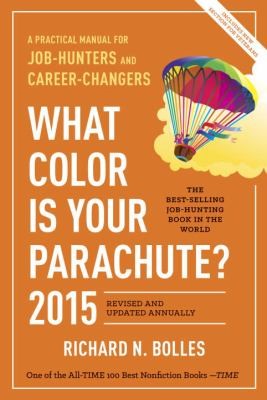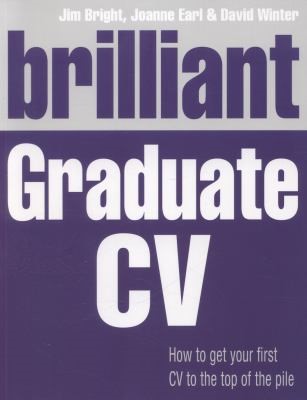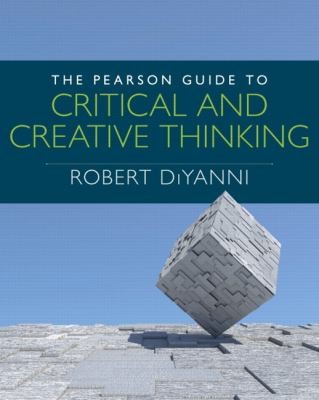
|
The author, who coined the term “transferable skills”, uses the parachute metaphor in the book title to refer to changing jobs or careers. The book appeals to job seekers as well as career changers. The 11 chapters and 6 appendices guide you to not only write impressive resumes and cover letters, but also build personal networks and perform in interviews.
Highlights include “Google is your new resume” (Ch. 2), “Sixteen tips about interviewing for a job” (Ch. 4), and “You need to understand more fully who you are” (Ch.7).
|
 |
Catering for university graduates with little work experience, the book helps you craft persuasive CVs with examples. Beginning with an introduction of the general features in a CV in Part 1, the book guides you how to refine a CV in Part 2, followed by tips in content selection in Part 3 and suggested job search resources in Part 4. “Brilliant tips” in boxes from human resource experts are abundant throughout the chapters.
Highlights include “Making the perfect fit” (pp. 81-106), “Presenting your CV” (pp. 107-120), “Job application letters” (pp. 157-162), and “Addressing selection criteria” (pp. 165-176).
|
 |
The primary aim of the book is to help you tackle various interview questions. The book hooks the readers with an introduction about the author’s pre-interview preparation experience, vividly illustrating how to predict questions by context and theme through brainstorming. You will gain insights into interpreting and answering difficult interview questions. In addition to worksheets and exercises for preparing interviews, you will learn how to customise your resume for different job positions.
Highlights include “Behind the scenes: Into the interviewer’s mind” (pp. 51-72), “The telephone interview” (pp. 125-130), “Great answers to special challenge questions” (pp. 171-176), and “Great questions to ask hiring managers” (pp. 187-198).
|

|
Aiming to help students thoroughly understand what arguments are, the book delineates the composition of an argument in Part One and discusses arguments about definitions, causes, value, and time periods in Part Two with writing guidance in Part Three. You will learn the different layers of arguments through recognising rhetorical elements in various contexts. Each chapter provides thought-provoking activities.
Highlights include counterargument (pp. 54), concession (pp. 56), arguments in disguise (pp. 79), summary versus analysis (pp. 88), inventing a claim (pp. 136, 268, 296), inventing support (pp. 138, 270, 299), and evaluating sources (pp. 329).
|

|
The book explicates the concept of “critical” in Part One and guides you how to develop a critical analysis in Part Two, appealing to undergraduates as well as postgraduates. Part Three discusses how to craft critical literature reviews in dissertations. The critical thinking skills introduced in the book will enhance your ability to understand and write academic texts.
Highlights include critical reading (pp. 34), self-critical writing (pp. 51), tools for thinking and ways of thinking (pp. 84), knowledge claims and their key characteristics (pp. 106), and developing a critical analysis of a text (pp. 123).
|

|
Focusing on both critical and creative thinking, the guide introduces concepts and theories in the beginning chapters and provides examples and demonstrations for applying thinking techniques and strategies in later chapters. With exercises throughout the 14 chapters, you will be able to practise your reasoning and judging skills. The book will help you understand both critical and creative thinking.
Highlights include developing critical thinking (Ch. 1), sound thinking (Ch. 6), thinking fallacies (Ch. 7), and parallel thinking and lateral thinking (Ch. 9).
|